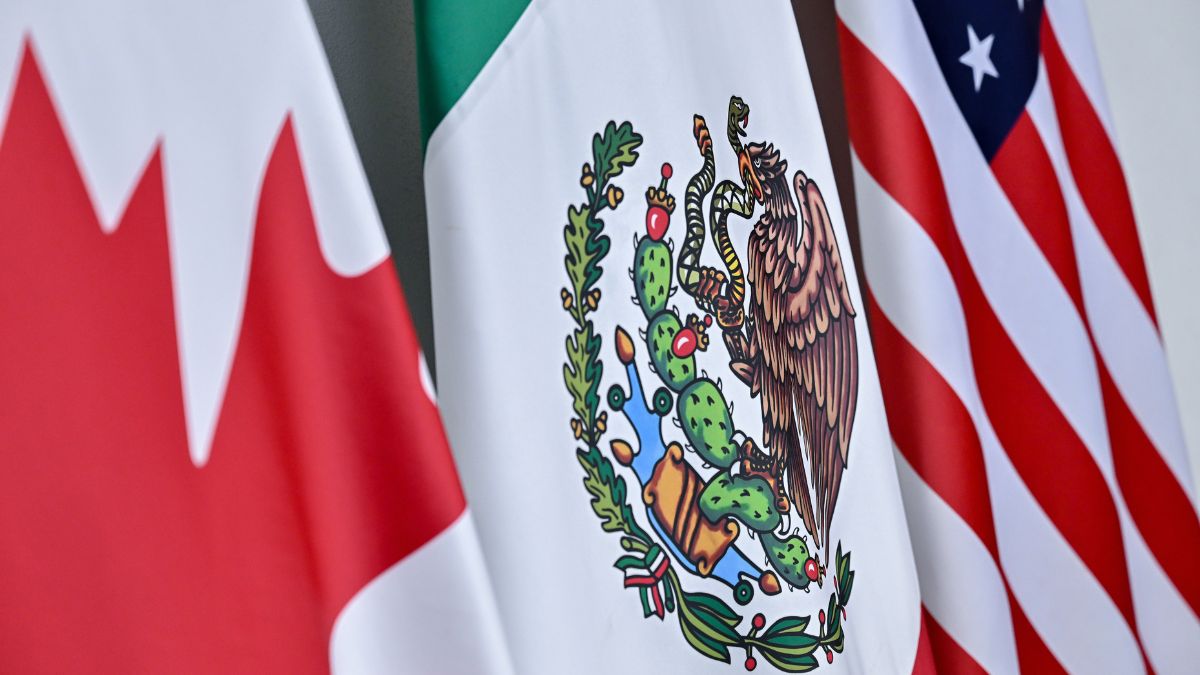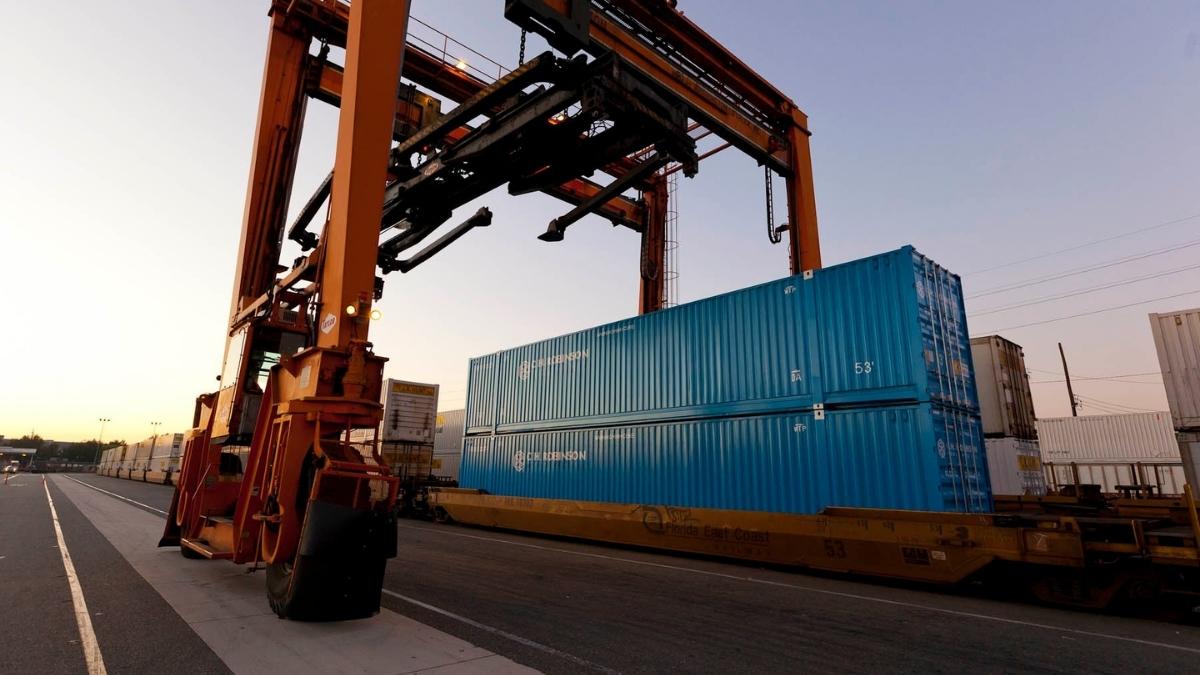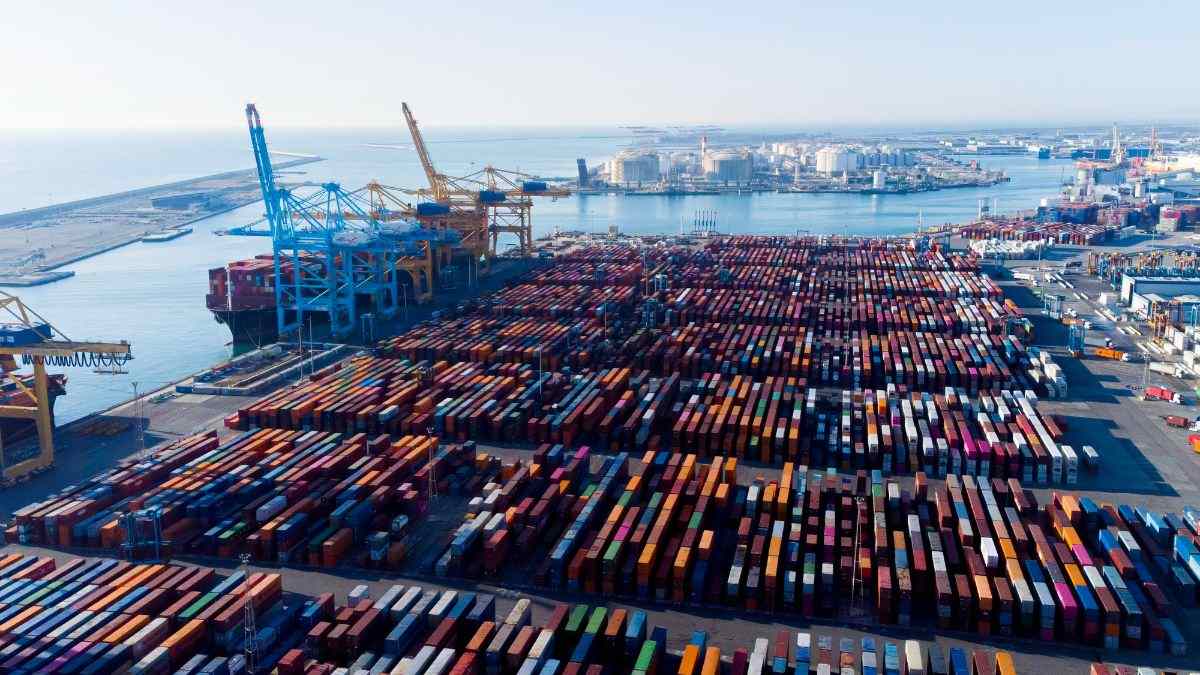
As the calendar edges toward 2026, attention is turning to the first mandated review of the United States-Mexico-Canada Agreement (USMCA), also known as CUSMA in Canada and T-MEC in Mexico. By design, the agreement requires all three governments to come together every six years to evaluate its performance. That means the first review is already beginning, with each country submitting positions, identifying areas for revision, and signaling whether they want to extend the pact for another 16 years—or reopen negotiations.
The good news: USMCA has been one of the most stable and beneficial trade agreements in today’s unpredictable global environment. It has enabled duty-free trade, encouraged nearshoring, and helped strengthen supply chain resilience across the region. But as governments evaluate its performance and submit proposals for revision, shippers have an opportunity to prepare thoughtfully for what comes next.
This review process introduces both opportunity and risk. While the review could strengthen the trilateral framework, there’s also a chance negotiations splinter, producing three bilateral agreements rather than a single overarching pact. Some topics within the review we expect to be a focus on are:
- Rules of transshipment, particularly for goods from China
- Continued harmonization of customs processes
- Infrastructure investment at border crossings
What’s at stake for supply chains?
For businesses, the review is not just about tariffs or rules of origin; it’s about the framework itself. Nearshoring to Mexico or Canada has become an important component of a new sourcing hierarchy, prioritizing supply chain resilience and mitigating trade policy risk. Businesses increasingly look first to nearby, low-risk suppliers before turning to offshore options.
It is important to mention that USMCA-certified goods remain duty free, despite a turbulent tariff environment. The future, however, is less certain. While public discussions around USMCA’s future may take many twists and turns, the overall concept of a strong North American supply chain has remained remarkably stable compared to almost any other U.S. trading relationship. The coming months will set the stage for whether the agreement is extended largely intact, significantly renegotiated, or replaced with bilateral deals.
Three steps shippers can take to prepare
As the USMCA review process becomes more of a focus in the next months, supply chain leaders should consider the following steps to prepare:
1. Model multiple scenarios
Don’t assume the agreement will stay the same. Consider contingency plans for at least two scenarios:
- USMCA remains intact: Keep current sourcing and routing but look for incremental opportunities from improved border processes.
- Bilateral deals emerge: Rules of origin, tariffs, and customs processes may differ between the U.S.-Canada and U.S.-Mexico lanes. This could require reshaping supplier contracts, adjusting logistics networks, or rebalancing sourcing strategies.
2. Stay close to policy developments
The review process will take time to unfold. Early awareness can mean the difference between smooth adaptation and costly disruption and that means staying informed on official government updates and industry news. Seek out trusted sources such as our Trade and Tariff Insights for timely updates, expert analysis, and practical guidance to help you prepare rather than react.
3. Engage industry associations
Each industry will have different areas of policy emphasis, from automotive rules of origin to agricultural export provisions. Associations often serve as the voice of industry in negotiations, meaning your participation can help shape outcomes.
Final thoughts
The USMCA review isn’t just an exercise—it’s a pivotal moment for the future of North American trade. Shippers who prepare early will be better equipped to navigate potential disruptions, safeguard cost efficiency, and even uncover new opportunities. By modeling scenarios, monitoring developments, and engaging with industry groups, your business can stay one step ahead in a rapidly shifting trade environment.
Stay informed
Developments in customs and trade continue to evolve—stay informed to be prepared:



